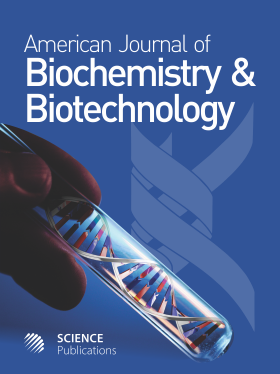Polysulfone Composed of Polyaniline Nanoparticles as Nanocomposite Proton Exchange Membrane in Microbial Fuel Cell
- 1 King Saud University, Saudi Arabia
- 2 University Kebangsaan Malaysia, Malaysia
- 3 Kangwon National University, Korea
- 4 Noshirvani University, Iran
Abstract
Proton exchange membranes play a critical role in the performance of Microbial Fuel Cells (MFCs) but their high price was always a big deal for commercialization of MFCs. In the present study, doped and undoped polyaniline nanoparticles/polysulfone nanocomposites membranes as a new type of PEM, were fabricated and applied in the MFC and their performance was compared with Nafion 117 as a traditional and expensive PEM. The obtained results show that MFC working by undoped Pani/Ps generated 78.1 mW/m2 which is higher than doped Pani/Ps system with 62.5 mW/m2. However, Naion 117 generated the highest power than other types of membrane by 93 mW/m2. It means that undoped Pani/Ps can compete in power generation with Nafion 117 and this is an outlook toward commercialization of MFC.
DOI: https://doi.org/10.3844/ajbbsp.2012.311.319

- 7,391 Views
- 5,486 Downloads
- 10 Citations
Download
Keywords
- Microbial Fuel Cell
- Proton Exchange Membrane
- Nanocomposite
- Pani
